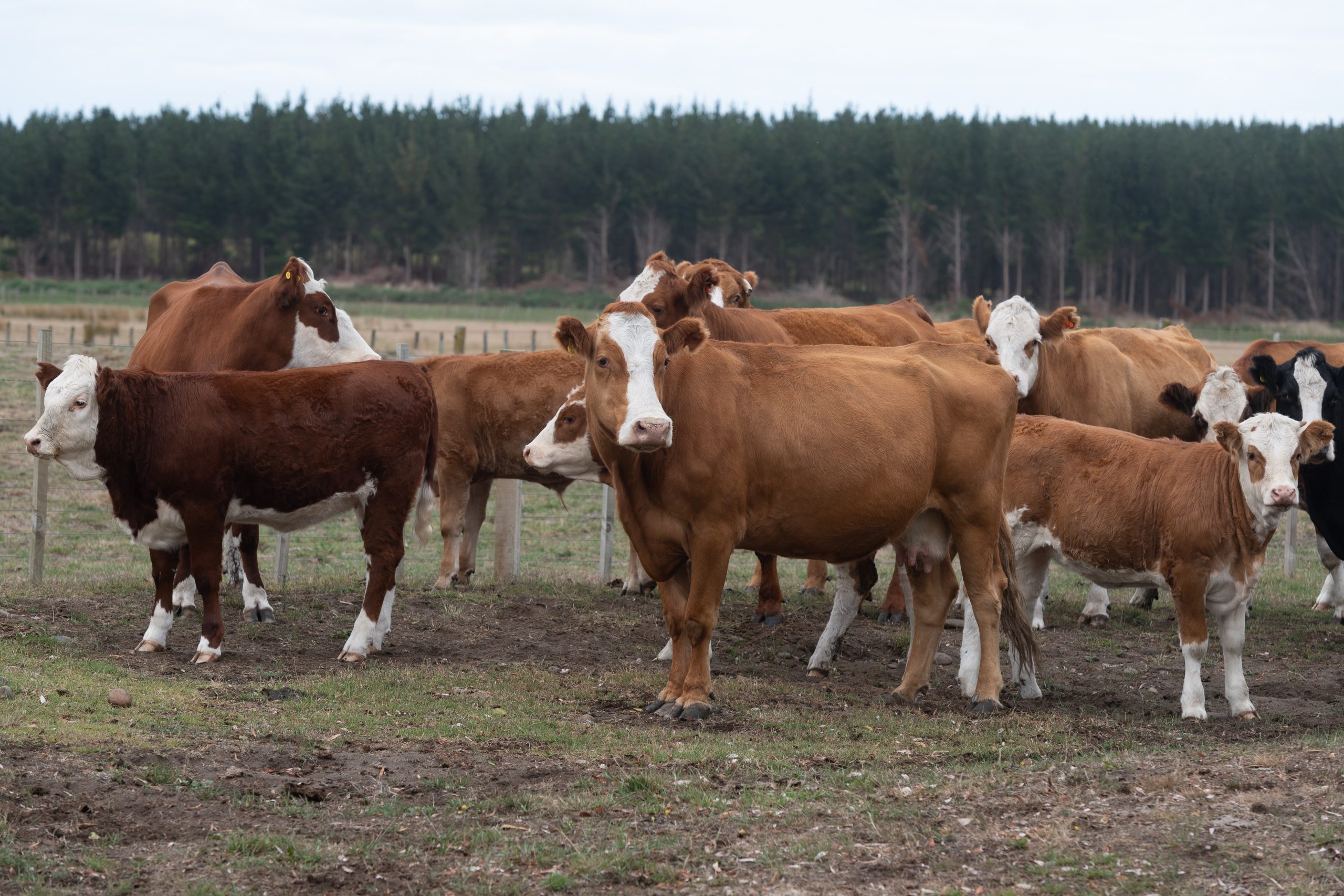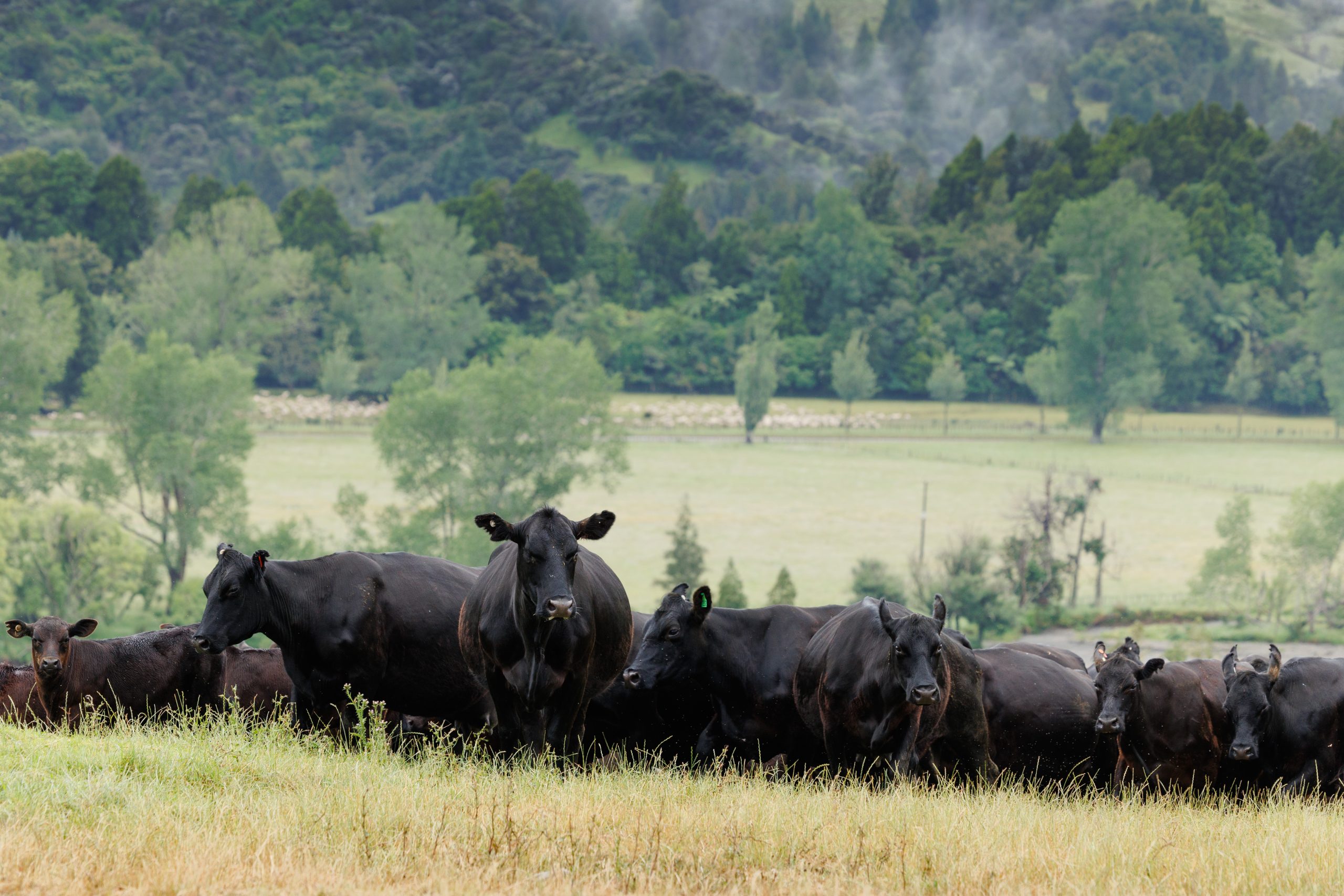Pivoting for premiums
New Zealand farmers are no strangers to volatility, and 2024 was another year that tested our resilience for beef exports. Words Sirma Karapeeva.

New Zealand farmers are no strangers to volatility, and 2024 was another year that tested our resilience for beef exports.
While the overall volume of beef exports declined by 5% to 481,657t, the sector demonstrated remarkable adaptability, maintaining export value at $4.39 billion.
This stability is a testament to the strength of our industry, the premium quality of our beef, and our ability to pivot towards high-value markets, particularly in North America.
For years, China has been New Zealand’s largest beef market, driven in part by the country’s post-African Swine Fever (ASF) protein shortage.
“One of the most encouraging trends of 2024 was the increase in chilled beef exports, which rose by 12% in volume and 20% in value to a record $641 million.” – Sirma Karapeeva, CEO, Meat Industry Association
However, in 2024, we saw a sharp correction, with exports to China dropping by 28% in volume and 33% in value. This decline was due to a combination of weaker demand and increased competition, particularly from South American suppliers. Brazil alone shipped 1.4 million tonnes of beef to China last year, reinforcing just how competitive this market has become.
While China softened, the United States showed promising signs of recovery. Demand for imported beef has been strengthening since late 2022, and in 2024, our exports to the US grew by 2% in volume and an impressive 16% in value to $1.85 billion.
Climatic conditions in the US remain a key factor, with drought-induced herd liquidation slowing, but full herd rebuilding yet to begin. When it does, we can expect continued strong demand for New Zealand beef.
Other key markets also performed well. Japan rebounded from a slow 2023, with exports reaching 32,590t, worth $342 million.
Canada, experiencing similar climatic conditions to the US, saw a surge in demand, with exports up 59% in volume and 70% in value.
Meanwhile, the benefits of the NZ-UK Free Trade Agreement (FTA) were evident, with tariff-free beef exports to the UK reaching 4,417t, valued at $57 million. Prior to the FTA, our UK exports ranged between 500t and 1,500t annually, facing a 20% tariff.
The NZ-EU FTA also provided a modest boost, with exports to the EU rising 15% by volume and 10% by value in the first eight months of operation.
One of the most encouraging trends of 2024 was the increase in chilled beef exports, which rose by 12% in volume and 20% in value to a record $641 million.
This shift towards higher-value products underscores New Zealand’s reputation for premium, grass-fed beef. The US and Japan led the charge, with chilled exports increasing by 28% and 60% respectively.
China remained our third-largest chilled beef market, and while exports declined in 2024, Brazil’s lack of access for chilled beef provides an ongoing opportunity.
While 2025 has started strongly with good results in January, the outlook remains uncertain, particularly with the unpredictability of China’s economic recovery and US trade policy. However, our diversification strategy is paying off, with opportunities emerging in the UK, EU, and Gulf states through recently concluded trade agreements.
 Farmers can take confidence in the fact that New Zealand beef remains in demand, and our industry will continue to adapt and thrive in a rapidly changing global landscape.
Farmers can take confidence in the fact that New Zealand beef remains in demand, and our industry will continue to adapt and thrive in a rapidly changing global landscape.
Meat Industry Association, Chief Executive, Sirma Karapeeva.




